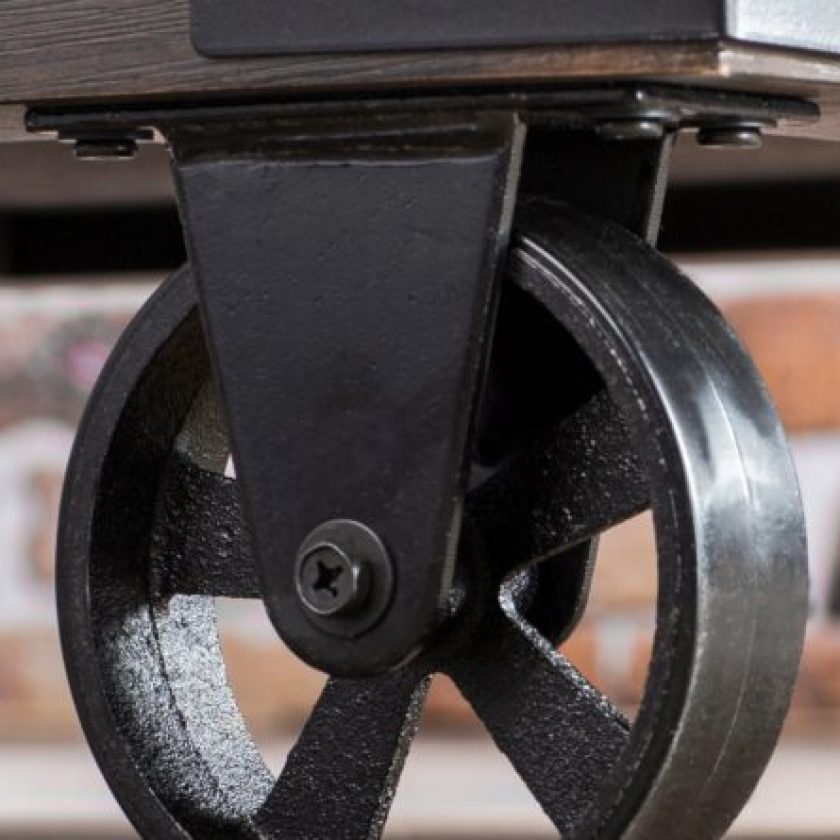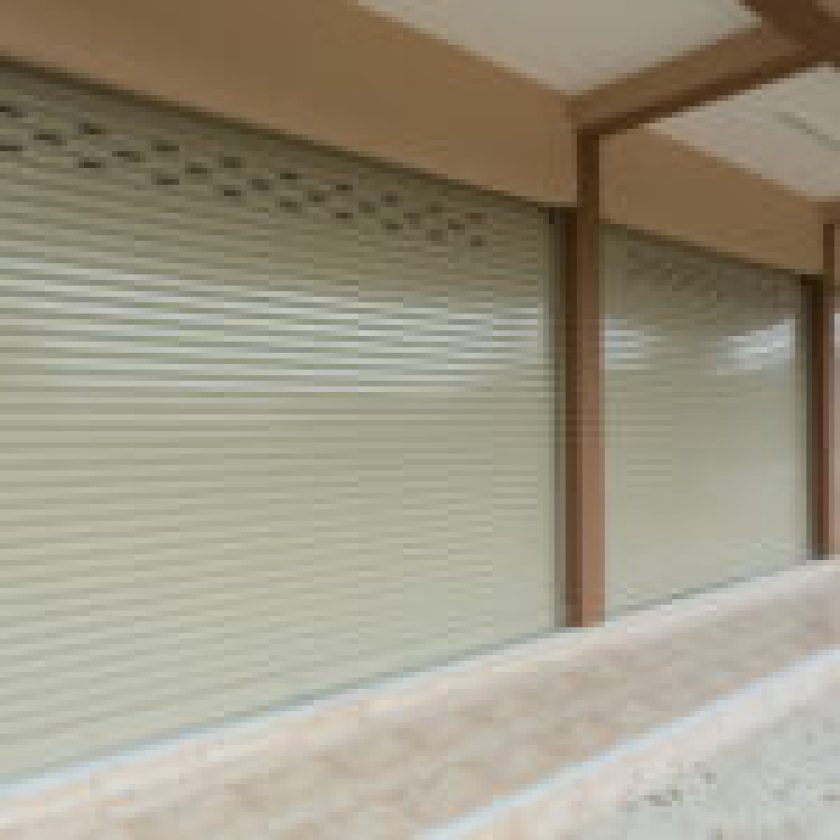There are a lot of castors on the market, so narrowing your options isn’t simple. Our aim with this blog is to provide information about the most basic types of castors and what you should consider while choosing which one is right for you. Understanding precisely what you require and, more importantly, exactly what you don’t need, can make all the difference.
Before deciding on which type of castor you will need, depending on the application, you must know how to correctly measure your castor. Selecting the incorrectly sized castor can waste time and money as it will be unfit for purpose, so you should learn more about this by checking out this guide on how to measure for replacement castor wheels.
Main Types of Castors
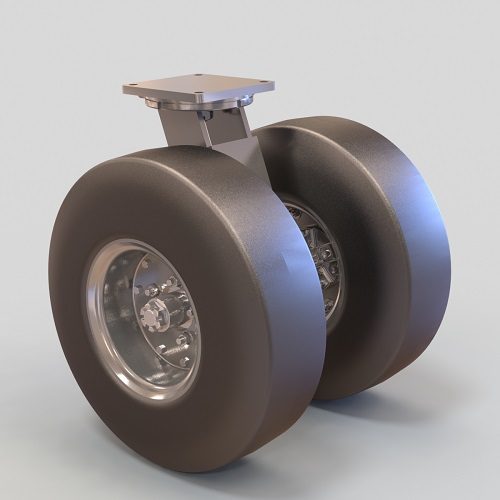
source: casterwheelguide.com
First things first, there are two main types of castors; swivel and rigid.
- Swivel castors – these castors can rotate 360 degrees and move in any direction, even when under a heavy load. This is the kind of castor that provides a lot of varying uses.
- Rigid Castors – these can not be steered, they simply move in a straight line. Partly due to the limited movement of rigid castors, they are extremely durable and can commonly carry heavier loads than swivel castors.
Now let’s dive into the different kinds of castors and what they are best used for:
Anti Static Castors
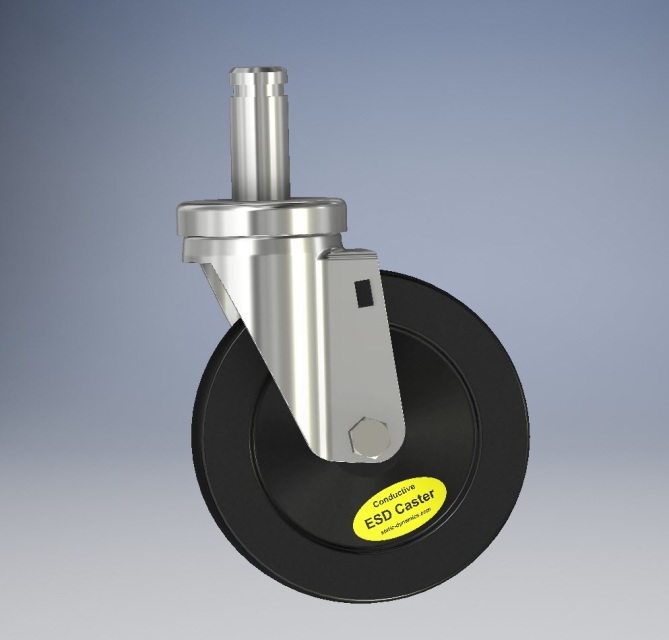
source: pinterest.com
Have you ever walked across a floor with your bare feet and then come into contact with anything metal? The shock can be quite startling. When heavy applications are moved from one place to another, this sort of electrical discharge can result in much more damage. Rubber castors, also known as anti-static castors, were designed to prevent such static discharges.
This type of castor is excellent in offices and factories where heavy equipment must be moved; with this castor, electrostatic discharge is effectively avoided, saving the equipment as well as your staff from injury.
Levelling Castor Wheels
Irregularities in terrain can be quite a challenge, especially for applications such as machinery, tables, and storage. Moving these items when the ground isn’t level is difficult and can be dangerous. The solution is to use levelling castors; no matter what the terrain, they have the capacity to level out the application they are connected to. This boosts productivity, comfort, and allows you to utilise items in accordance with their intended purpose.
Furniture Castors
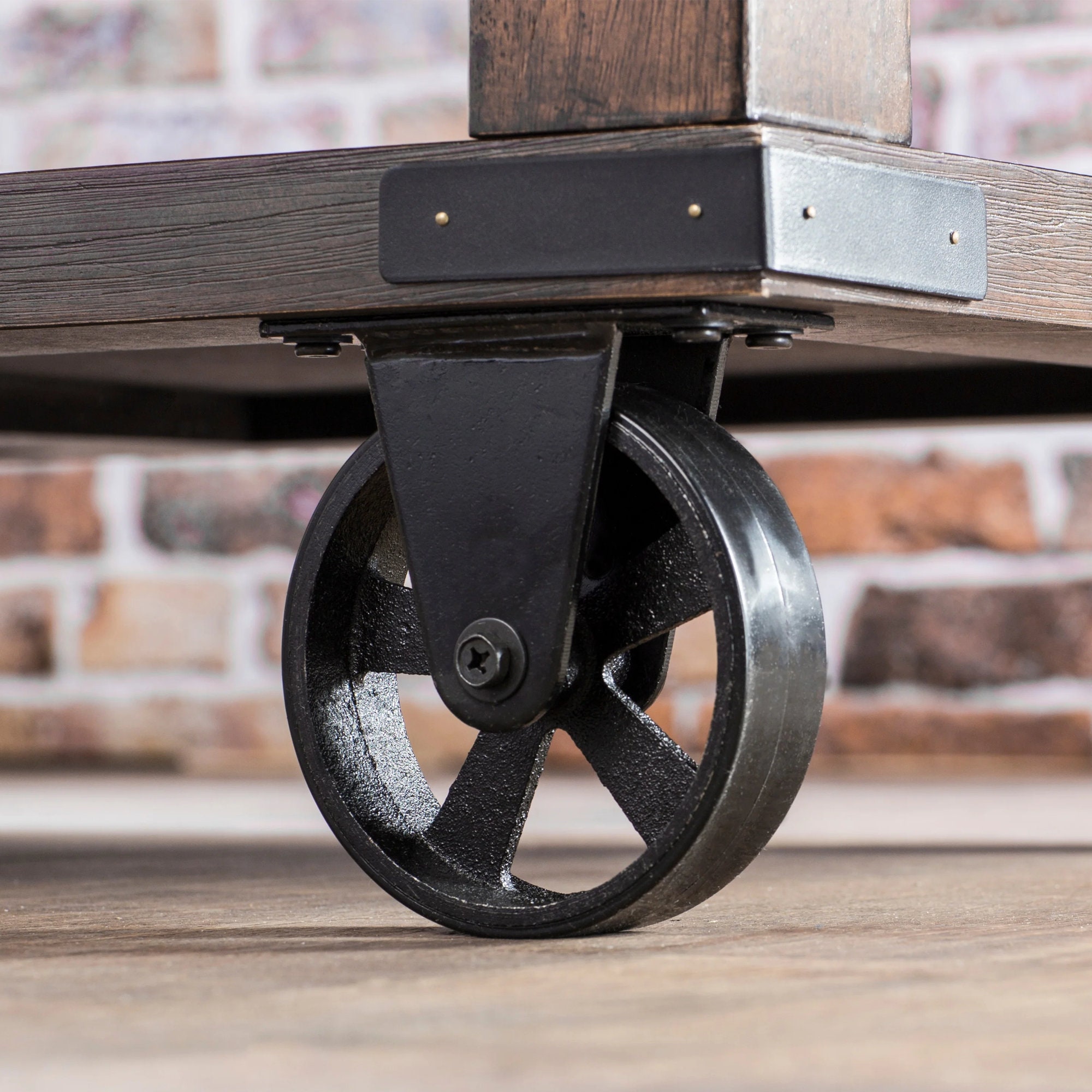
source: etsystatic.com
Furniture castors allow for simple and quick movement when fitted to tables and chairs. As a result, no matter how heavy or bulky the furnishings are, everyone can easily move them.
Stainless Steel Castors
Stainless steel castors are sturdy, long-lasting, and corrosion-resistant. They are frequently employed in industries where cleanliness and durability are important, such as hospitals, nursing homes, pharmaceutical factories, laboratories, food processing plants, laboratories, and foodservice businesses. To maintain cleanliness in these settings, cleaning is required on a regular basis; a stainless steel castor will allow for this while avoiding rust or corrosion.
Castor Considerations
Understanding which castors are suitable for which kind of applications is one thing, however, you need to understand that castors also function differently in different environments. You should consider the following:
- Floor conditions
- Temperature that the application will have to operate in
- Environmental factors, such as oil or grease
- Mobility
Hopefully now you are equipped with all of the necessary knowledge to go out and find the perfect castor for you.

